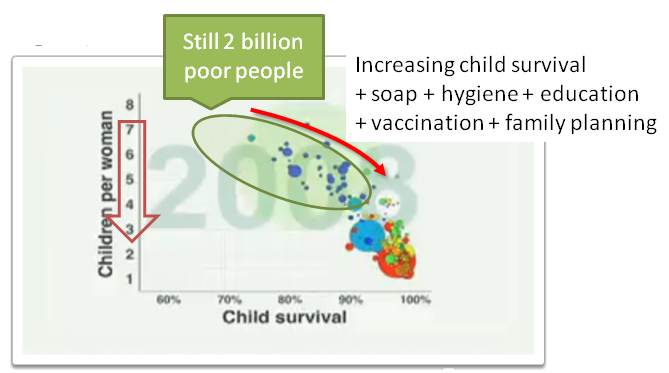Since a few weeks, I report the raw number of COVID-19 deaths in Maryland counties. If this gives an idea of the cumulative number of deaths – which is interesting – it doesn’t reflect the fact that some counties have more inhabitants than others. That’s why I plotted below the number of COVID-19 deaths adjusted for the population (i.e. the COVID-19-specific death rate):

Today (May 16, 2020), in terms of absolute number of deaths, Montgomery, Prince Georges and Baltimore County are the top 3 counties (this is the same for cases but not in the same order). In terms of confirmed deaths per 100,000 population, the top 3 counties are Kent, Prince Georges and Montgomery.
| Rank on May 16, 2020 | Absolute # of COVID-19 deaths | COVID-19 deaths per 100,000 population |
| 1 | Montgomery (423) | Kent (66.9) |
| 2 | Prince Georges (399) | Prince Georges (43.5) |
| 3 | Baltimore County (223) | Montgomery (40.2) |
| 4 | Baltimore City (192) | Carroll (39.0) |
| 5 | Anne Arundel (133) | Charles (35.8) |
Overall in Maryland so far, 1,842 deaths were reported – for a total population of 6,141,808. This gives a COVID-19-specific death rate of 29.9 per 100,000 pop. For comparison, the CDC reported a flu-specific death rate of 2 per 100,000 pop. (for the whole US, 2017) and 863.8 deaths per 100,000 pop. for all-cause deaths.
Source of Maryland County population: projections from the Maryland Department of Planning.
As usual, you’ll find other graphs on my page about COVID-19 in Maryland and the data, code and figures are on Github.
Edited a few minutes after publication to add a paragraph with the comparison with Maryland and flu; adapted the y-axis label following Michael Brown‘s comment on Twitter (thanks!); and specified the flu-specific death rate from CDC following Melissa Schweisguth‘s comment on Twitter (thanks too!).







